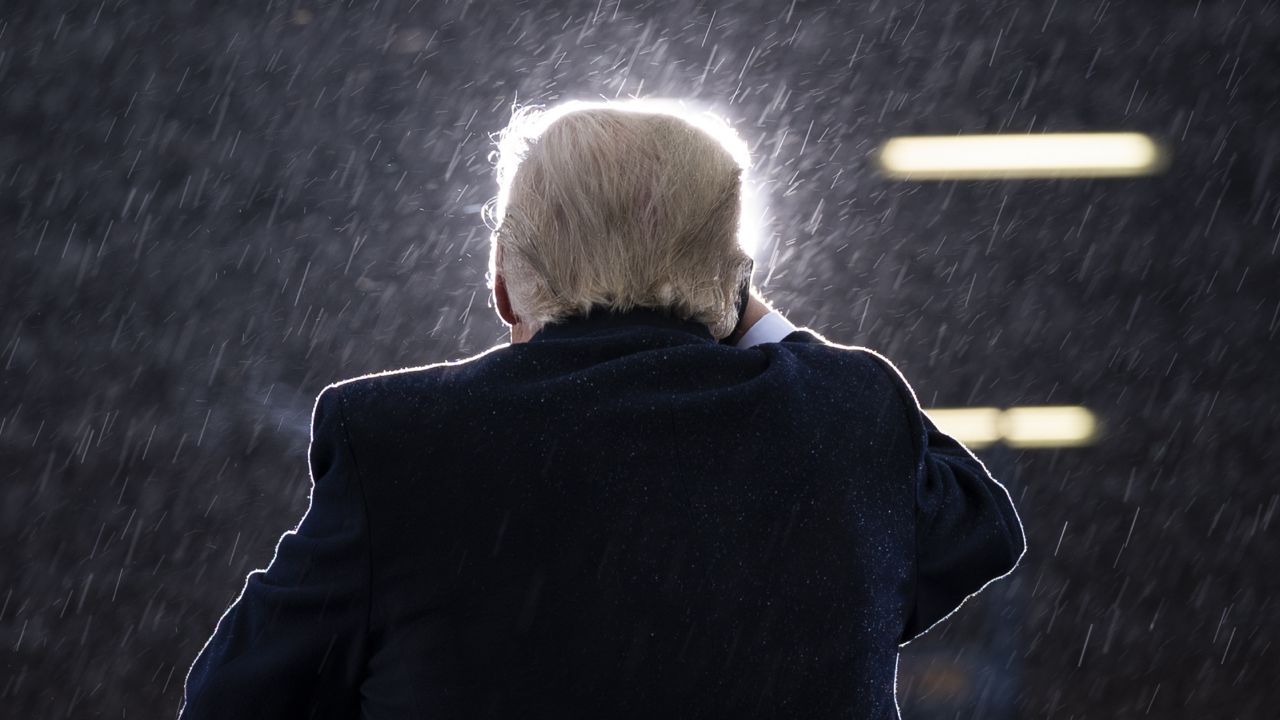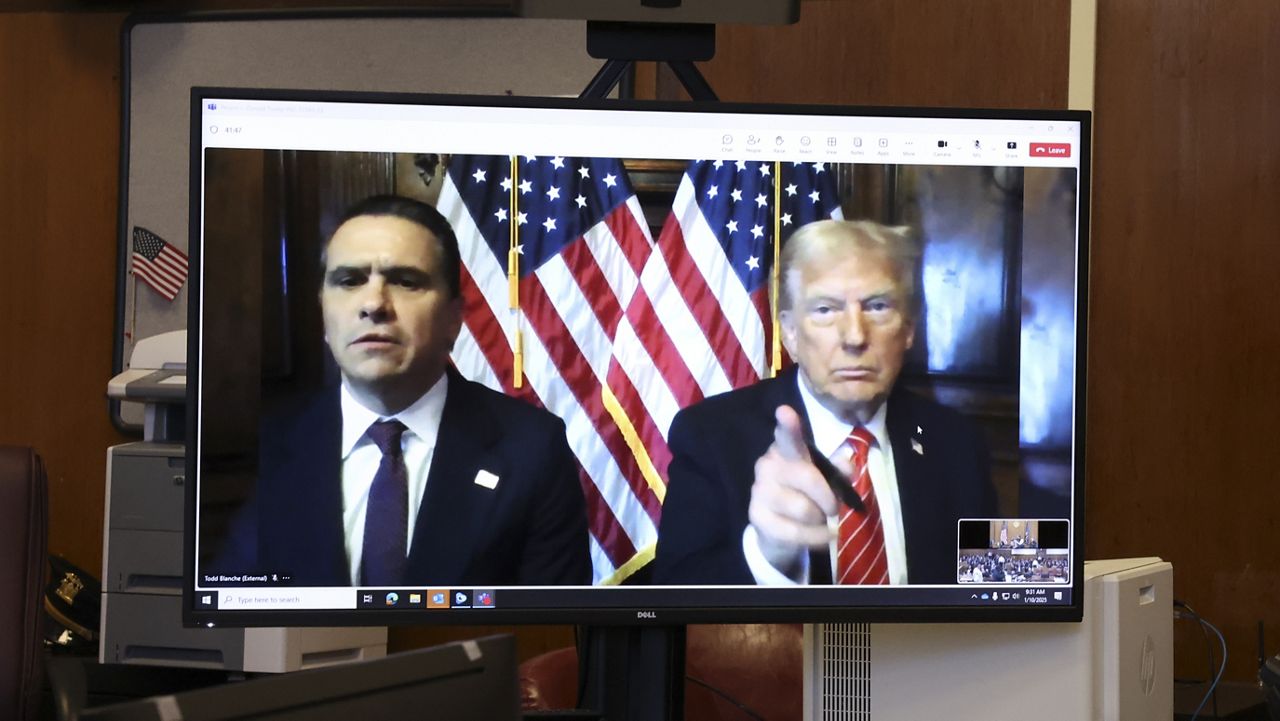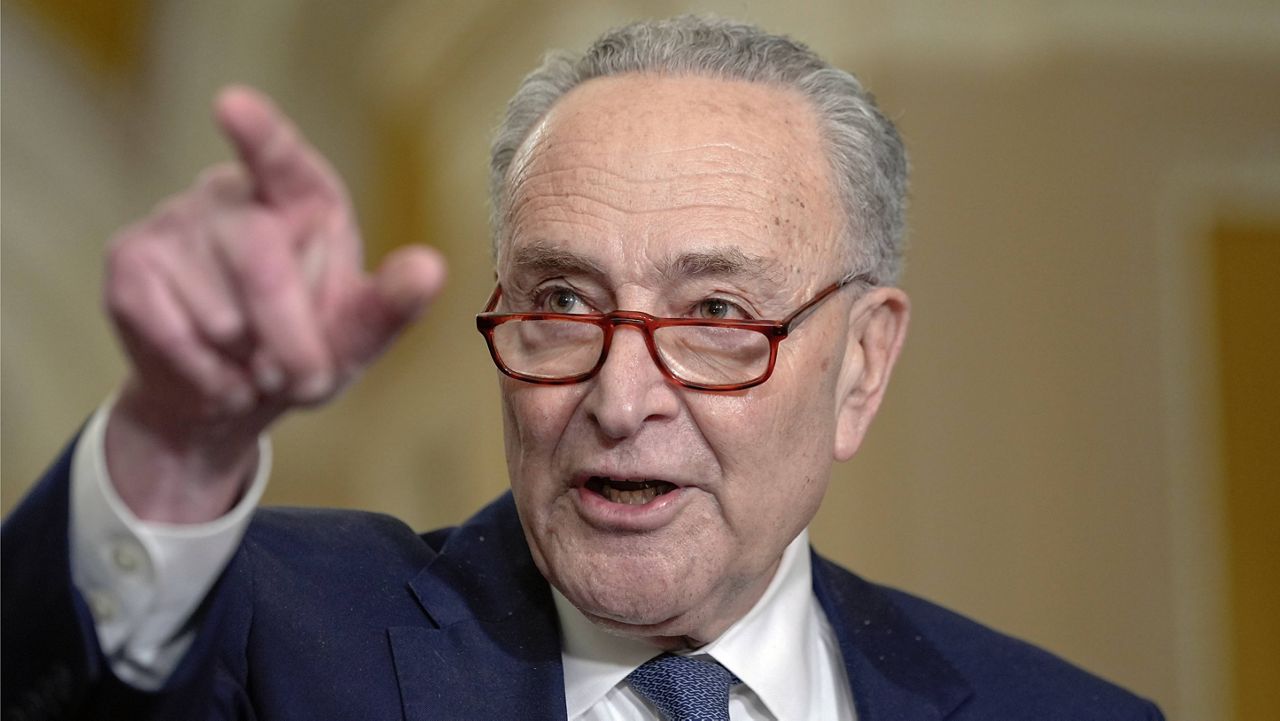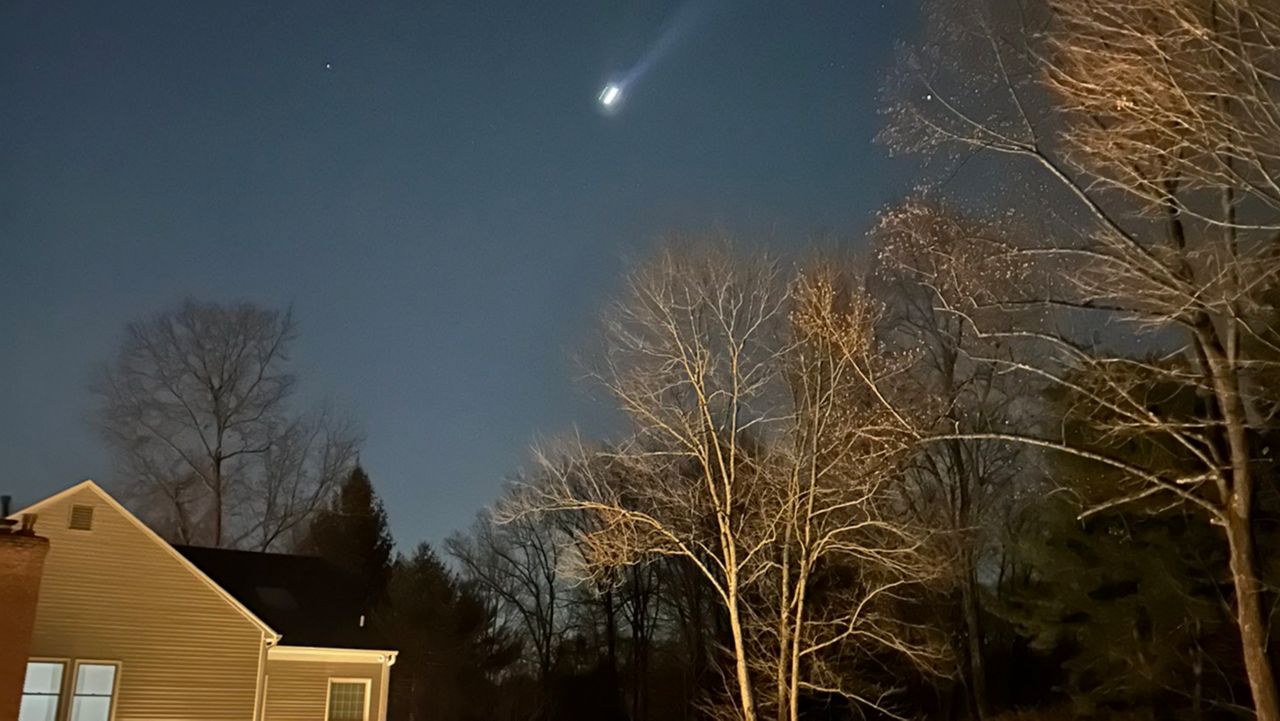2020 will undoubtedly be remembered for the outbreak of the deadly coronavirus pandemic.
Since the virus first came to the United States in January, over 19.7 million people across the country have contracted the disease, according to data from the Johns Hopkins Coronavirus Resource Center.
As of Dec. 31, over 342,000 people in the US have died from COVID-19.
For many, 2020 will be remembered for the historic presidential elections, which saw record voter turnout in the race between incumbent President Donald Trump and now-President-elect Joe Biden. No president in the history of the United States has contested the results of an election quite like President Trump, who to date still claims widespread voter fraud skewed the outcome with little evidence to support his claims.
The year was also marked by widespread protests on racial injustice, many of which were sparked by outrage following George Floyd’s death on May 25. Floyd, a Black man in handcuffs, died after a white police officer pressed his knee against Floyd’s neck even as Floyd said he couldn’t breathe. Floyd’s death was captured in widely seen bystander video that set off protests, sometimes violent, that spread around the world.
As the year comes to a close, here are some of the biggest events from 2020:
On February 26, the United States confirmed its first non travel-related coronavirus case.
The previous 14 cases — the first of which was confirmed by the CDC on Jan. 21 — had been detected in people who had a connection to travel in China.
And so began the year of the COVID-19 pandemic.
The first wave of the pandemic hit large cities and states the hardest. New York’s first case of COVID-19 was confirmed on March 1, and the state quickly became the epicenter of the pandemic. Cases soared into the thousands by mid-March, forcing Gov. Andrew Cuomo to issue the first of many executive orders to come, ordering all but essential businesses to limit their in-office workforce.
By April, New York was beating every country save the United States in coronavirus cases, with Johns Hopkins reporting over 160,000 confirmed instances of the virus statewide. At the time, the United States had a little under 500,000 confirmed cases of COVID-19 across the country.
As cases climbed across New York in the early months of the pandemic, other states have seen more recent surges due to an abundance of factors, including relaxed restrictions, holiday travel, changes in weather, and more.
California now leads the country with confirmed COVID infections at upwards of 2 million cases. The state’s caseload is among the highest in the world, with only a handful of countries — including the United States, Brazil, Russia, India, and France — beating California’s viral case count.
The virus didn’t only impact everyday Americans. At the beginning of October, and in the midst of the presidential election, President Donald Trump revealed he had tested positive for the disease and began receiving treatment at Walter Reed National Military Medical Center on Oct. 2.
A swath of White House employees and top Republicans alike have since tested positive for the disease as well, including White House chief of staff Mark Meadows, Iowa Sen. Chuck Grassley, and HUD secretary Dr. Ben Carson.
On Dec. 29, representatives for Luke Letlow, who was to have been Louisiana’s newest Republican member of the House of Representatives, confirmed he died from complications related to COVID-19 only days before being sworn into office.
But with less than a month before the end of a devastating year, Americans were finally able to see a light at the end of the tunnel when the FDA gave its first emergency use authorization to a vaccine produced by Pfizer-BioNTech on Dec. 12. A week later, the FDA granted emergency use authorization to Moderna's COVID-19 vaccine for use in individuals 18 and older.
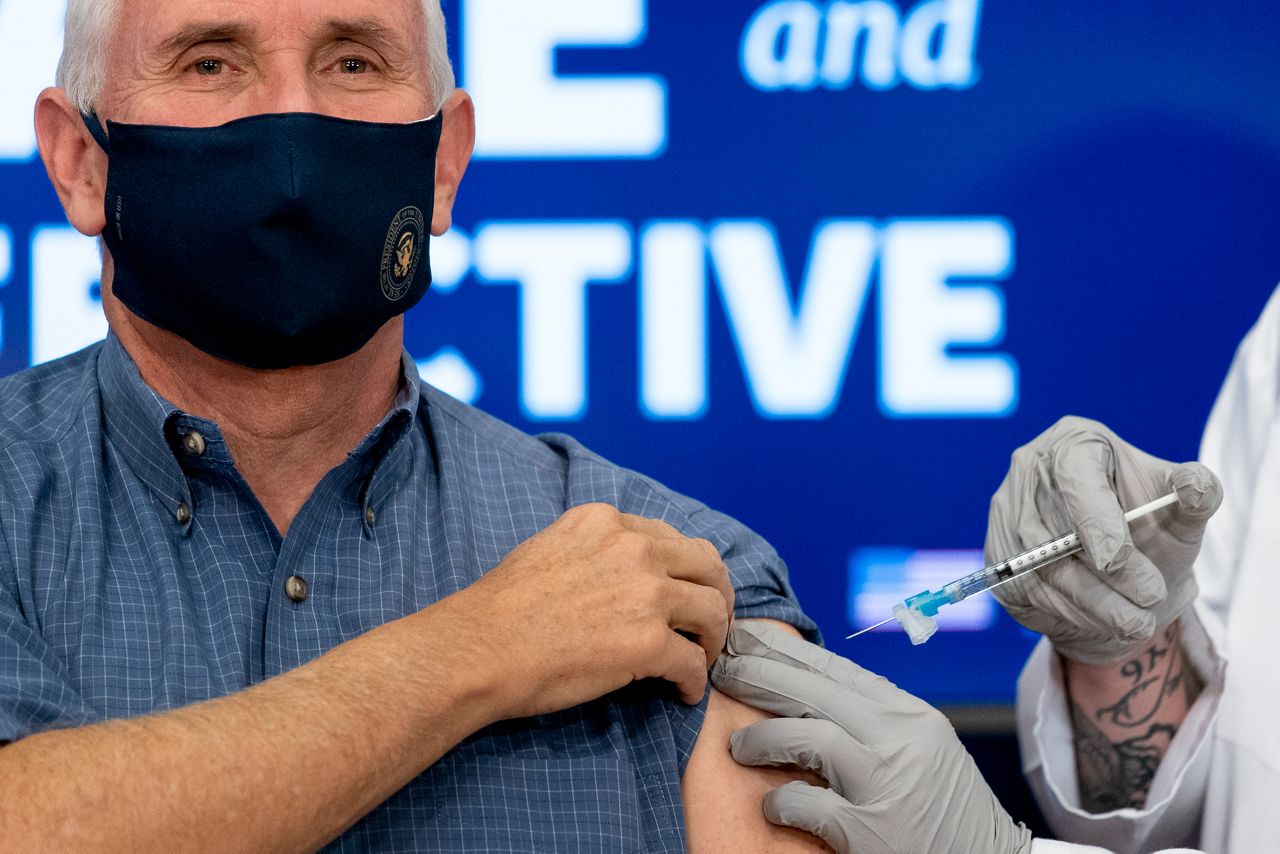
The past year has seen more than 100 COVID-19 vaccines developed, with 40 reaching clinical testing so far, according to an analysis from the Washington Post. By February, the FDA is expected to receive requests to authorize two more vaccines for emergency use, with more to follow.
Already, a little over 2 million people across the country have received their first dose of the vaccine. With more vaccine candidates expected to be approved next year, experts hope that number will increase exponentially.
In Jan. 2020, the Democratic party still had not picked its candidate for president. By the time the Iowa Caucus came around in early February, nearly ten major party candidates — not including now-President-elect Joe Biden — were still on the campaign trail.
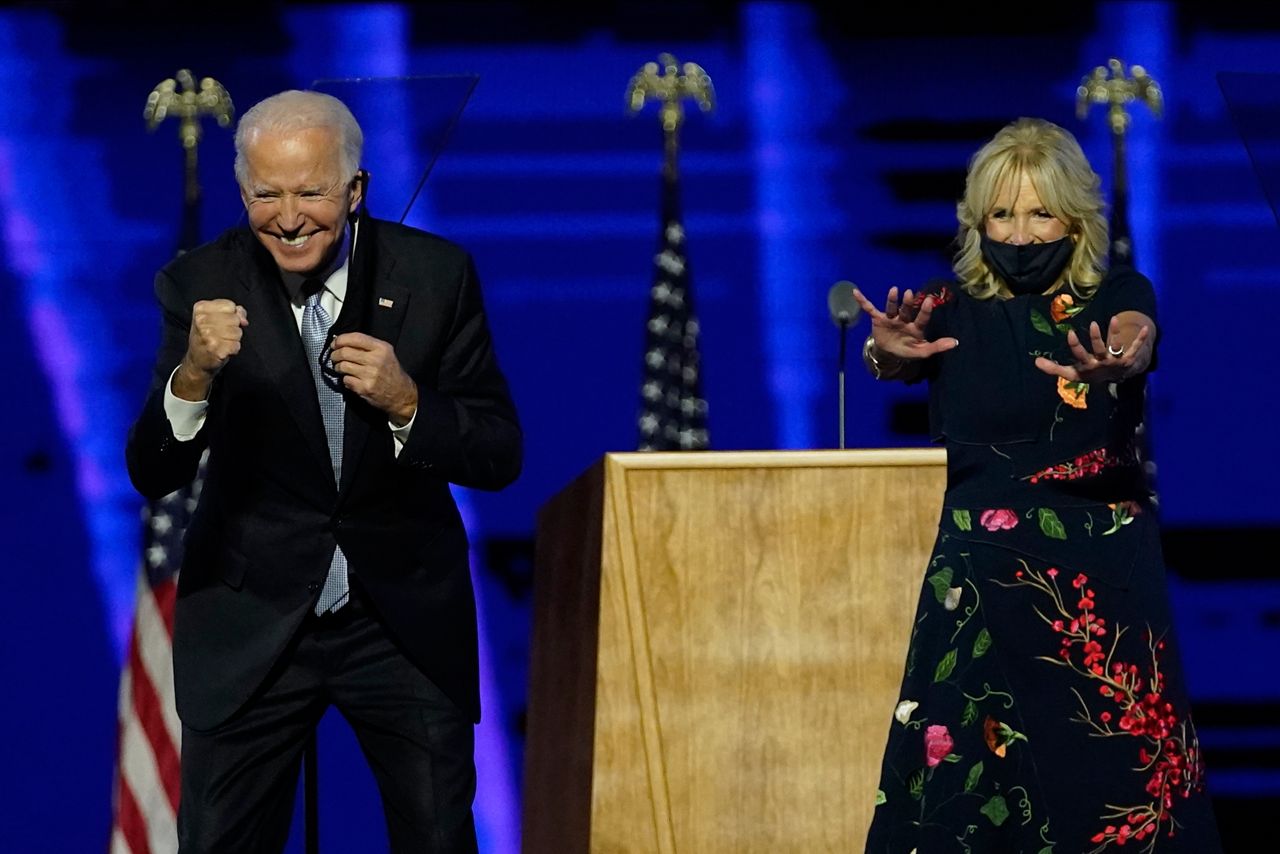
Biden did not finish first, or even second, at the nation’s first contest to decide who should challenge President Trump’s reelection bid.
The caucus itself was marred by technical troubles. The Iowa Democratic Party’s final results gave Pete Buttigieg a lead over Bernie Sanders of two state delegate equivalents out of 2,152 counted, or 0.09 percentage points. But the party’s data also showed that more people caucused for Sanders during the first and second alignments at precincts.
Nonetheless, Democratic candidates slowly dropped out of the race and offered Biden their endorsement, with Sen. Bernie Sanders being the last to suspend his campaign on April 8, 2020.
By June 8, Biden had amassed enough delegates to become the presumptive nominee. It wouldn’t be until the Democratic National Convention in August that Joe Biden would formally accept the party’s nomination as candidate for president.
Earlier that same month, Biden tapped Kamala Harris to serve as his running mate. Harris’ nomination will make her the first female, first Black and first Asian American vice president.
The months that followed were anything but normal for the competing campaigns. As the Biden/Harris team opted for small, socially-distanced events to mitigate the spread of the coronavirus, President Trump was holding packed rallies that sometimes amassed thousands of fans.
The 2020 election as a whole was also marked by President Trump’s initial attempts to question the efficacy of mail-in voting, and his subsequent refusal to concede the results of the race.
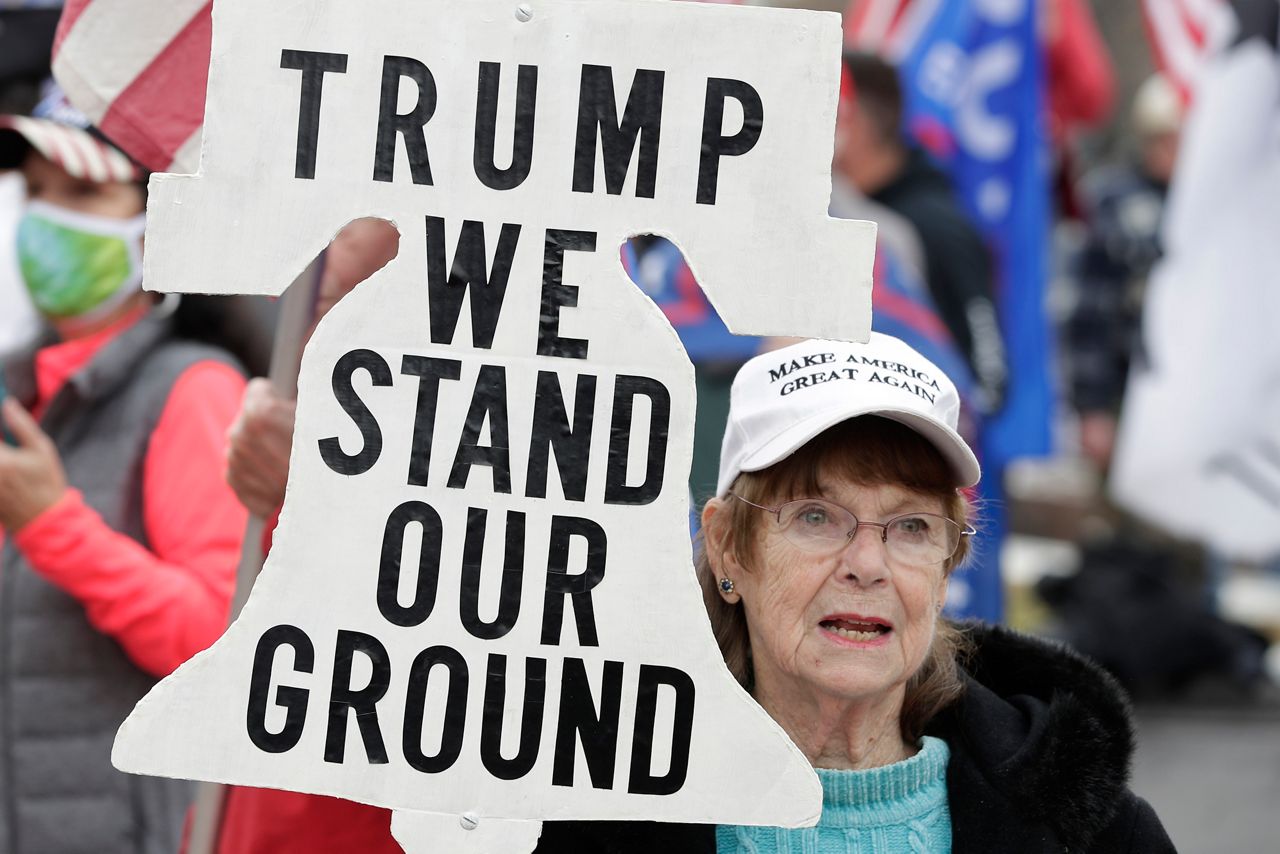
President Trump has, without evidence, claimed there was widespread fraud in the election. He has pushed Republican senators to pursue his unfounded charges even though the Electoral College in December cemented Biden’s 306-232 victory and multiple legal efforts to challenge the results have failed.
Biden’s win won’t technically be affirmed until early January, dragging the election debate into the new year. Under federal law, Congress must meet on Jan. 6 to open sealed certificates from each state that contain a record of their electoral votes.
Republicans who are echoing Trump’s baseless claims of fraud have said they will officially object to the results, forcing votes in the Republican-run Senate and the Democratic-controlled House that will almost certainly fail. A group of House Republicans had been looking for a senator to sign on because there must be support from at least one member of each chamber to force the votes. That support came Wednesday from Missouri Sen. Josh Hawley, a possible contender in the 2024 GOP presidential primary.
This was a year in which America experienced a racial awakening, fueled by longstanding racial inequities and structural racism laid bare by the coronavirus pandemic’s disparate impact on Black Americans.
Calls for social justice reform increased in the wake of the police killings of George Floyd, Breonna Taylor, and other Black Americans.
Floyd, a Black man and 46-year-old father, died in May after a Minneapolis former police officer Derek Chauvin placed a knee on his neck for nearly nine minutes.
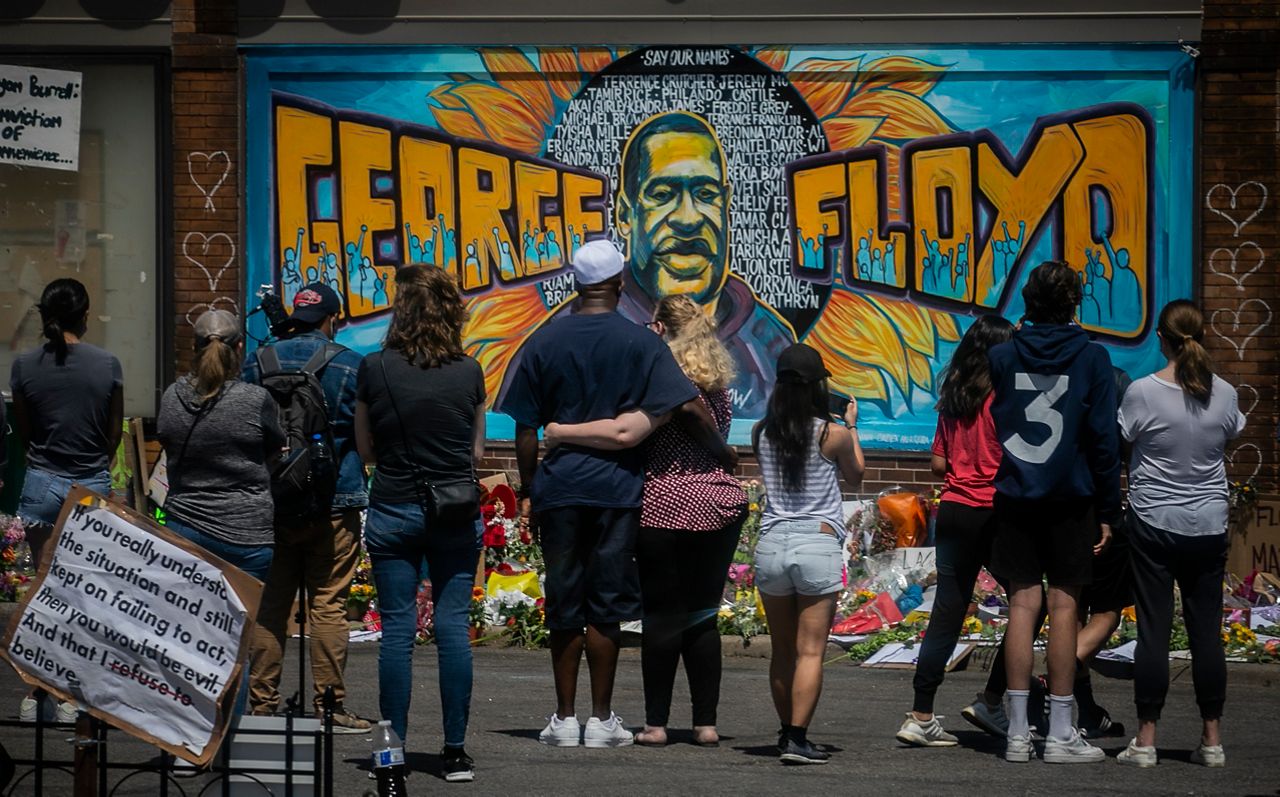
Video of Floyd’s pleas with officers before his death went viral, prompting worldwide protests and calls for police reform and an end to systemic racism. In the United States, some of the most intense and longest lasting demonstrations were in Seattle.
For several months in the late spring and summer large crowds gathered, mostly in downtown and Capitol Hill. Sometimes demonstrations turned violent, with police deploying pepper spray and tear gas.
The shooting death of 26-year-old Breonna Taylor in her home sparked months of protests in both her hometown of Louisville and nationwide. Officers were serving a narcotics warrant on March 13 when they shot Taylor, but no drugs or cash were found in her home. Taylor was an emergency medical worker who had settled in for the night when police busted through her door.
As a result, responses to the police brutality dominated legislative sessions in 2020, leading to scores of new laws that will take effect in the new year.
Among other things, new laws will mandate oversight and reporting, create civilian review panels and require more disclosures about problem officers. States including California, Delaware, Iowa, New York, Oregon and Utah passed bans on police chokeholds.
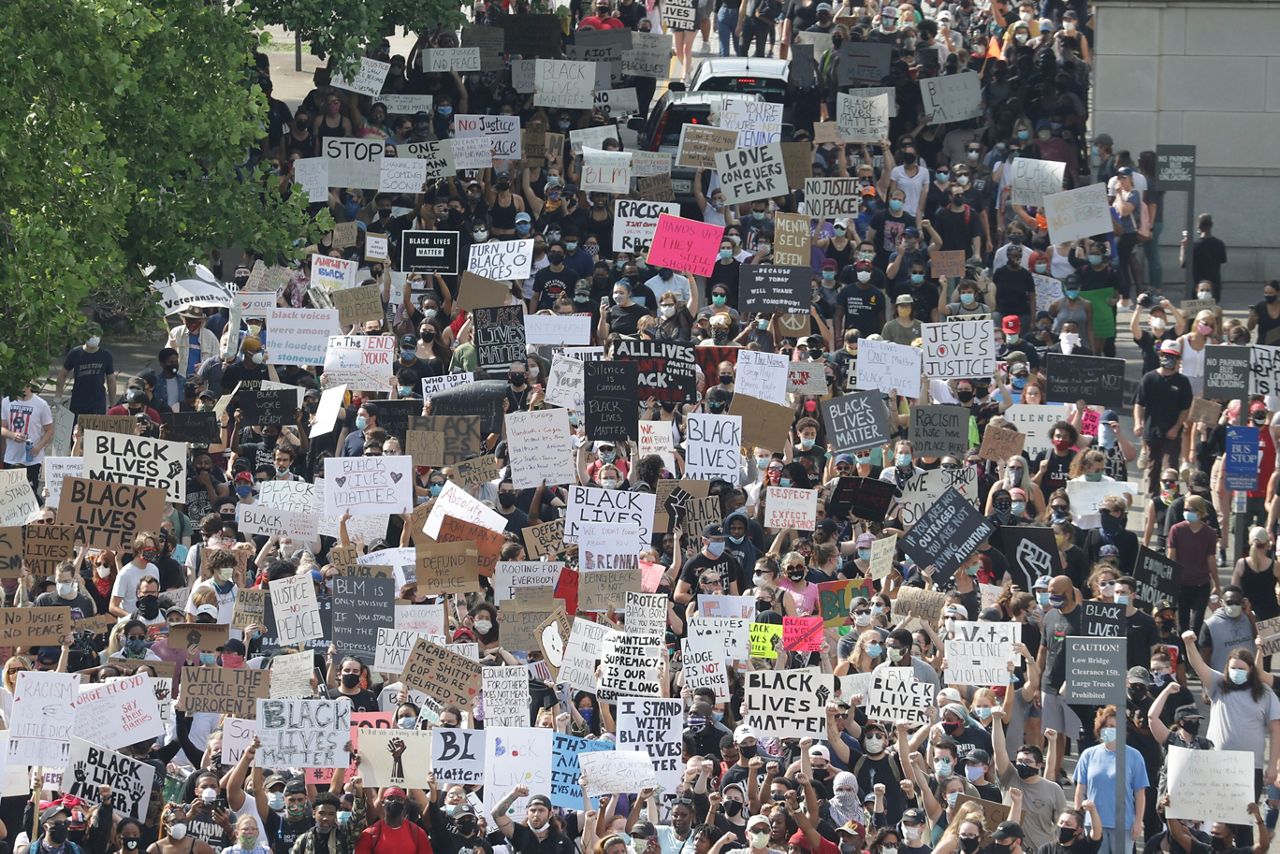
Despite reforms in some states, the response to Floyd’s death was not uniform. Similar use-of-force or disciplinary proposals in several other states failed, and some even moved in the opposite direction.
Georgia created a new crime beginning Jan. 1 defined as bias-motivated intimidation, which would apply to the death or serious bodily injury of police, firefighters and emergency personnel. It also extends to cases involving more than $500 worth of damage to their property because of “actual or perceived employment as a first responder.” Violations are punishable by one to five years in prison and a fine of as much as $5,000.
The law was passed by Republicans over the objections of Democrats and civil liberties groups, who said police already have enough protections. Republicans insisted on the law as part of a deal to pass a new hate crimes law in Georgia that drew bipartisan support.
Severe weather events rocked all corners of the United States this year. According to the National Centers for Environmental Information (NCEI), wildfires, droughts, tropical cyclones, and severe storms caused billions of dollars in damages in 2020.
With the most named storms in the Atlantic, the largest-ever area of California burned by wildfires, killer floods in Asia and Africa and a hot, melting Arctic, 2020 was more than a disastrous year with the pandemic. It was a year of disasters — and climate change from the burning of coal, oil and natural gas was a big factor, scientists said.
The United States didn’t just set a record for the most disasters costing at least $1 billion — adjusted for inflation — the nation obliterated the record, according to the National Oceanic and Atmospheric Administration.
In early January, a series of over 80 tornadoes tore through the southeast, causing significant damage “along the shoreline of Lake Michigan to roads, the foundation of homes and to Port Milwaukee,” per NCEI.
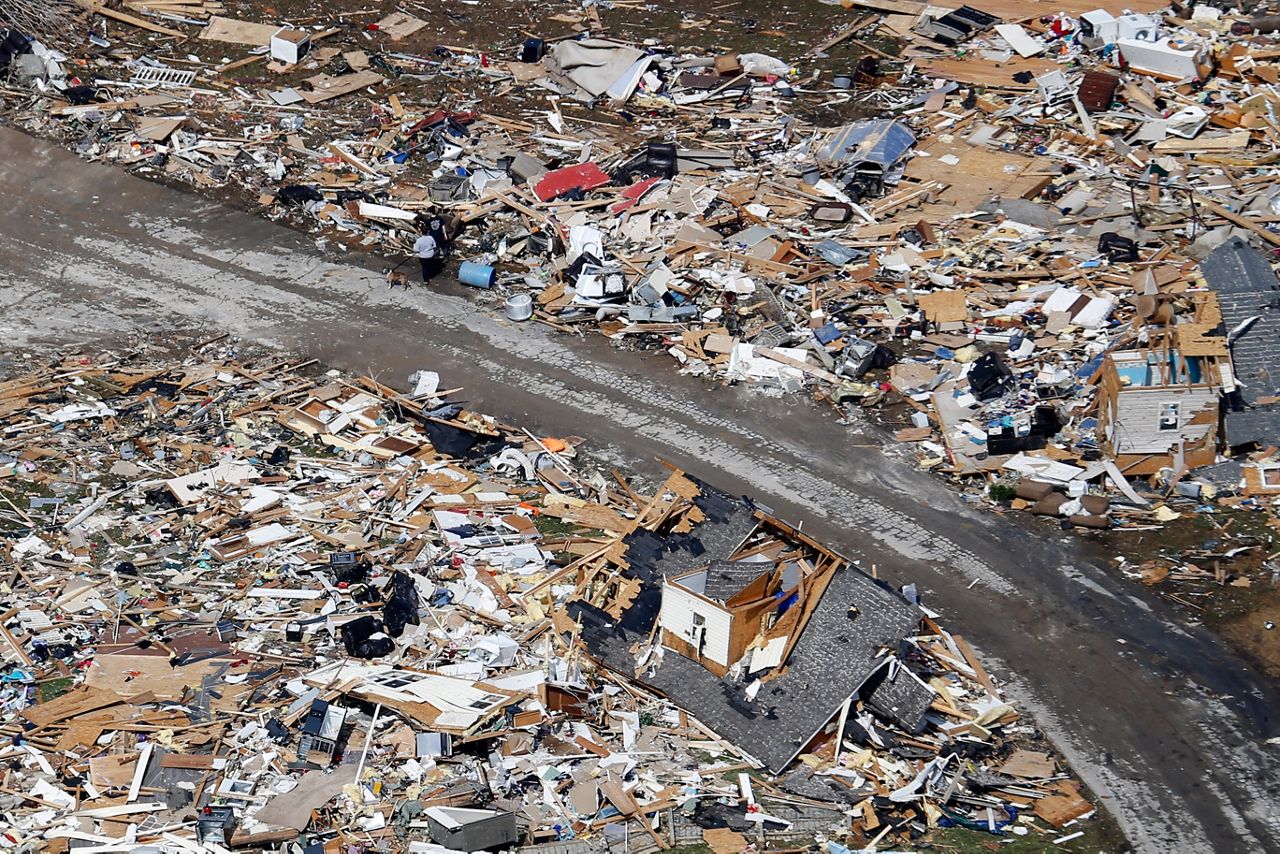
A few months later, a series of tornadoes devastated Tennessee in March, causing $2.6 billion in damages in Nashville alone. The tornadoes were also the deadliest in the state in nearly a decade. At least 10 tornadoes touched down during this relatively small but powerful and high-impact outbreak, including an EF3 in Nashville and an EF4 in Cookeville.
Over the summer, the eyes of the nation were focused on the western coast as states like California, Oregon, and Washington experienced record wildfire seasons. The West saw several periods of record warmth and near-record dryness this year, with six states recording their hottest August on record.
The extreme drought was a perfect catalyst for the forest fires. Over three million acres burned in California alone, a record for any fire season. Four of California’s top five largest fires on record occurred this year.
With nearly $3 billion in damages (and still counting), this year’s fire season is the costliest on record. Over 10,000 buildings have been destroyed, and tragically, 46 people have lost their lives.
By September, 2020 had tied the old record of 16 billion-dollar disasters and when the count is completed in early January, officials figure it will be 20, likely more. Only three states weren’t part of a billion-dollar weather disaster (Alaska, Hawaii and North Dakota) — and all the coastline from Texas to Maine, except for a tiny part of Florida, was under a watch or warning for a hurricane, tropical storm or storm surge from those systems in 2020, according to US weather officials.
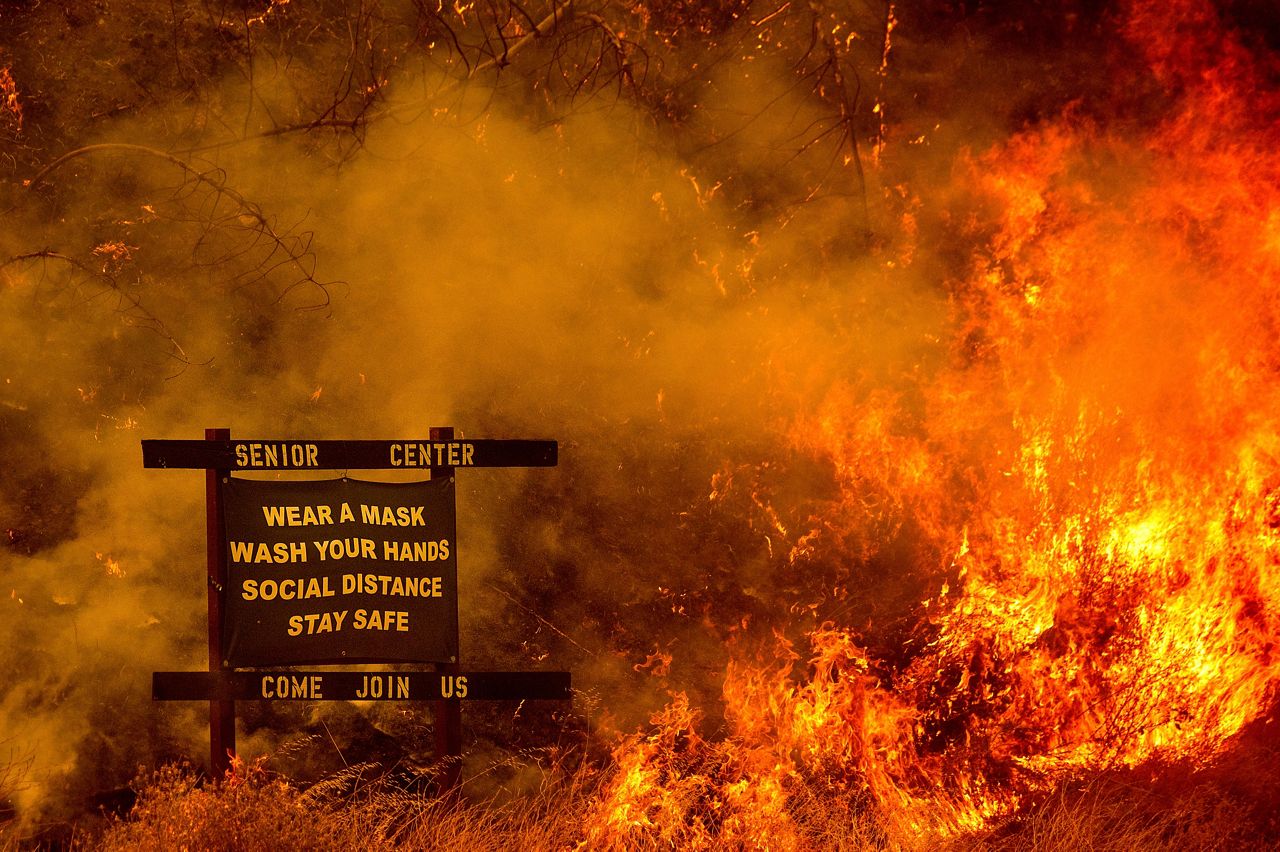
With 30 named storms, the Atlantic hurricane season surpassed the mark set in 2005, ran out of storm names and went deep into the Greek alphabet, making meteorologists reconsider how they name future storms, officials said. Ten of those storms rapidly intensified, making them more dangerous. A dozen made landfall in the U.S., easily smashing the old record of nine. And Louisiana got hit five times. At one point, the American Red Cross had 60 New Orleans hotels filled with refugees.
Between fires and hurricanes, the American Red Cross provided a record 1.3 million nights of shelter for disaster-struck Americans — four times the annual average for the previous decade.
The Associated Press contributed to this report.





